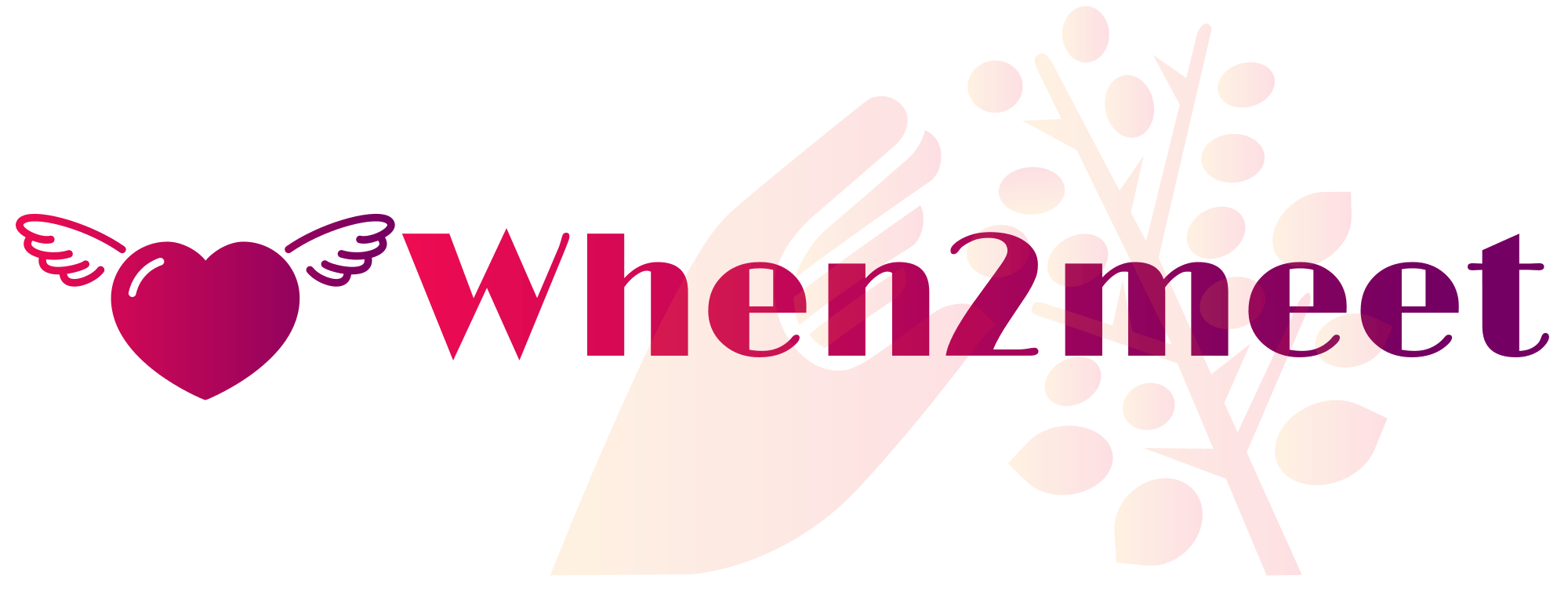I run a digital marketing agency in a small city, and most local businesses avail my services. Being one of the top marketing agencies, I’m always burdenedoverflowed with work. And, effectively managing the workload would’ve been possible without project management, marketing, CRM (cCustomer Rrelationship Mmanagement), and various other tools.
Realistically, my business depends so much on these tools that it wouldn’t survive a month without them. But the fun part is that I neither have ownership of these tools, nor I can do I need to manage or update them.
I only pay for their subscription (like Netflix), and cancel it when my needs are fulfilled.
I’m talking about SaaS (Ssoftware -as -a S-service) tools, created, maintained, and updated by third-party software providers. It wouldn’t be an overstatement to say that SaaS tools they are a godsend for businesses.
Today, SaaS tools free from investing their resources and time in creating customized work-related tools. And, as SaaS these tools services are hosted over a cloud, you can use them from anywhere around the world, without even installing theman application.
Below, I’m going to explain the major aspects of SaaS. But before that, I’ll start by explaining some major pre-requisites to use these tools., Sso, here’s everything you need to know about SaaS tools. if you make up your mind, you know how to start:
Pre-Requisites of Using SaaS Tools:
SaaS tools are like mobile or web applications that can be accessed from electronic modern devices like smartphones, laptops, etc. However, you may be required to fulfill certain requirements to use SaaS tools, which I’ve mentioned below:
- An Internet Connection: – As I mentioned, SaaS tools are hosted over a cloud server, and which is why a reliable and high-speed internet is a must to use them effectively. As most SaaS tools are bandwidth-heavy, they can take significant time to load or produce results on a spotty connection. For this reason, I’ve always relied on Spectrum Internet as it has always helped me maximize my SaaS tools’ subscription.
- Training and Workshops: – Some SaaS tools have a steep learning curve. When businesses roll out a SaaS tool, it’s best to conduct comprehensive training sessions or workshops to train their workforce on how to utilize it effectively.
- Data Migration Policies:s – As businesses shift to cloud-based SaaS tools, they might want to shift their existing database to cloud servers as well. Keeping this in mind, businesses should be careful about their data migration procedures and policies, so that they can smoothly access their existing database on a SaaS tool.
- Data Security: – Fundamentally, SaaS tools are secure as software providers ensure top-notch security and encryptions. However, in case of any data mishandling or leakage, a business should always have an action plan in place to secure its data.
- System Requirements:s – Although a rarity, you may need to invest in high-end systems to run some heavy SaaS applications. Devices with average specifications such as processors and, GPUs, etc. may lag while running heavy SaaS tools.
2 Main Types of SaaS:
Based on how SaaS applications are used today, they can be divided into horizontal and vertical SaaS. Let’s have a look at both SaaS categories.:
Horizontal SaaS:
This type of SaaS does not focus on a single industry, and rather, creates a set of broad solutions for different industries. Generally, the target audience in horizontal SaaS is undefined and these solutions are capable of addressing specific issues in any industry.
For instance, from different project management tools to customer relationship management, and marketing to accounting tools, different cloud-based applications are included in the horizontal SaaS type. Salesforce, Microsoft 365, and Zoom , etc., are famous horizontal SaaS types of horizontal SaaS because they cater to generic issues faced by companies in different industries.
Vertical SaaS:
Even though there is no difference between the business models of horizontal and vertical SaaS, the latter only focuses on providing customized cloud solutions. Unlike horizontal SaaS, vertical SaaS does not cater to a wide range of industries and does not offer generalized solutions.
Since vertical SaaS covers a specific industry niche, its target audience is generally narrower than horizontal SaaS. That said, vertical SaaS is becoming popular among businesses, so that they can solve industry-related challenges and issues.
Some famous vertical SaaS tools include Guidewire for insurance, Shopify for e-commerce, and Clio for legal practice management are quite famous vertical SaaS tools.
Vertical vs. Horizontal SaaS
The below table further clarifies the major differences between horizontal and vertical SaaS:
| Aspects | Horizontal SaaS | Vertical SaaS |
| Target Audience | As horizontal SaaS offers a wide range of common cloud-based solutions for different industries, it usually has a wider target audience. | This SaaS type only caters to specific industry needs and hence, has a lower target audience. |
| Industry Specific | No, horizontal SaaS offers generic solutions that are applicable in different industries. | Yes, vertical SaaS covers specific industries and creates tailored solutions. |
| Customizability | It has fewer customizability options because it covers a wide range of industries and offering customizability customization may not be possible. | Vertical SaaS tools can offer customization customizability because they target specific industries. Since they are designed for specific purposes, they can be customized to a great extent. |
| Scalability | Since horizontal SaaS tools are not designed for specific industry-wide solutions, they may be less scalable. | Vertical SaaS tools are highly scalable because they’re designed by keeping in mind the with business requirements. |
| Industry Competition | The competition is higher because service providers target a wide audience which ultimately gives more options to the end users. | Vertical SaaS has low competition because service providers create business-specific tools. |
| USP (Unique Selling Point) | Companies with generic solutions such as project management or CRM can easily find several reliable horizontal SaaS tools. | For specific workflows, and automation in different industries, vertical SaaS tools can be more effective as they design tools by keeping in mind the specific business requirements. |
Famous SaaS Trends to Watch Out For:
Today, SaaS applications are indispensable resources for businesses as they offer subscription-based, on-the-go solutions. Below, I’ll discuss a few famous SaaS trends that are playing a major role in shaping its future:
Data Privacy and Security:
As I mentioned previously, businesses using SaaS tools have no control over their maintenance and security updates. It’s the responsibility of service providers to secure their tools with robust security measures. As SaaS providers are in charge of the tools’ security, they’re opting for strong security encryptions to keep their client’s’ faith intact in their services data safe.
Low or No-Code SaaS Solutions:
The trend of low or no-code SaaS solutions has peaked since AI’s revolution in different industries. From website to app development, low or no-code SaaS solutions are offering their services to professionals around the world.
With minimal or no coding required, platforms like Zapier offer SaaS integration options for businesses with simple drag-and-drop options.
The Popularity of Vertical SaaS:
Undoubtedly, horizontal SaaS effectively offers generalized solutions for different industries. However, businesses may prioritize vertical SaaS solutions to address the industry-specific solutions. Furthermore, with low or no-code SaaS on the rise, professionals may even design their specific vertical SaaS solutions.
The Subscription Model:
Most times, SaaS solutions are bundled together, and as a result, businesses have to pay for solutions they don’t use. For better client acquisition, SaaS providers may unbundle their solutions and businesses would be able to only subscribe to services they want.
Micro-SaaS For Small Businesses:
It is unique to offer a single SaaS solution to small businesses. While mid to large businesses can easily subscribe to different SaaS solutions, small businesses often lack the resources to afford them. However, micro-SaaS targets a single solution at a time and enables small businesses to efficiently use the SaaS tools.
Frequently Asked Questions (FAQs):
- Do SaaS tools offer a free trial period?
Yes, most SaaS tools offer a free trial period so you can analyze if a SaaS solution addresses your business issues or not. - Is SaaS the only type of cloud computing?
No, PaaS (Pplatform -as -a -sService) and IaaS (Iinfrastructure -as -a S-service) are the other two types of cloud computing. - Can we create our own SaaS solutions?
Yes, with the help of low or no-code platforms like Zapier, you can create your own SaaS solutions.



